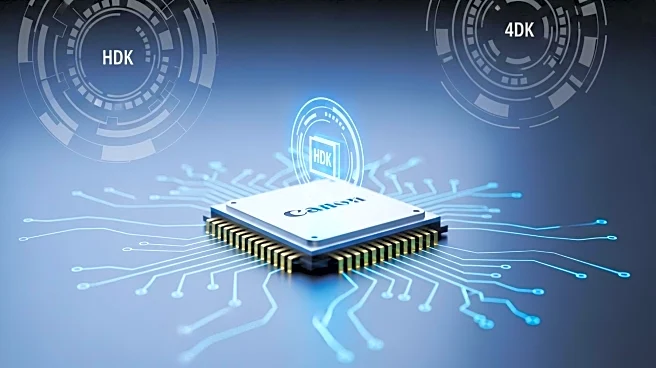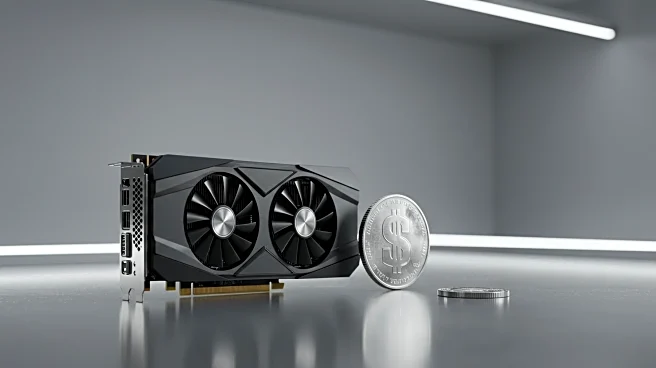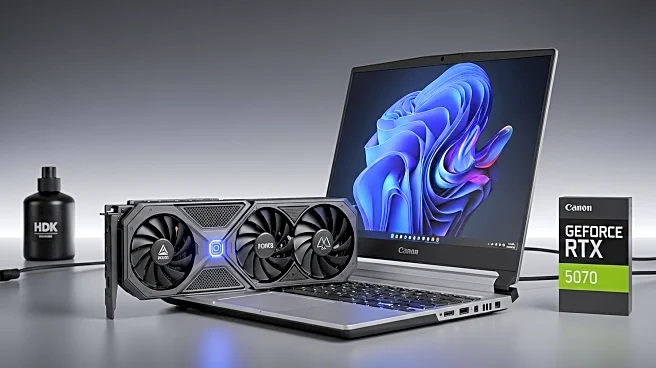Rapid Read • 8 min read
AMD has disclosed a new modular architecture for its RDNA 4 GPUs, including the Radeon RX 9070 XT, during the Hot Chips 2025 conference. This architecture allows for multiple GPU configurations to be created more efficiently by using a base System on Chip (SoC) design that can be scaled up. The base SoC includes two shader engines and four memory controllers, which can be expanded with additional components to create larger GPU variants. This approach contrasts with traditional GPU designs, where each GPU has a unique layout. The modular design aims to speed up the design and validation process, reducing the steps before manufacturing. Despite the modular capability, AMD has produced a limited range of GPUs for the RDNA 4 generation, but rumors suggest a return to chiplets for future RDNA 5 graphics.
AD
The introduction of a modular architecture in AMD's RDNA 4 GPUs signifies a potential shift in the graphics card industry towards more efficient and cost-effective production methods. This could lead to faster development cycles and reduced manufacturing costs, benefiting both AMD and consumers. The modular approach may also allow AMD to compete more effectively with rivals like Nvidia by offering a broader range of GPU options. If AMD successfully implements this strategy in future generations, it could enhance its market position and drive innovation in GPU technology, impacting gaming, professional graphics, and AI applications.
AMD's modular architecture could pave the way for a more diverse lineup of GPUs in future generations, such as RDNA 5. Rumors suggest AMD might return to chiplet designs, potentially creating high-end GPUs with up to 192 compute units. This development could challenge Nvidia's offerings and influence the competitive landscape in the graphics card market. As AMD continues to refine its modular approach, stakeholders will be watching for official announcements and product releases that confirm these speculations.
The modular architecture could have broader implications beyond just GPU design. It may influence how semiconductor companies approach chip design, encouraging a shift towards modularity in other areas, such as CPUs and AI accelerators. This could lead to more adaptable and scalable computing solutions, impacting industries reliant on high-performance computing.
AD
More Stories You Might Enjoy











